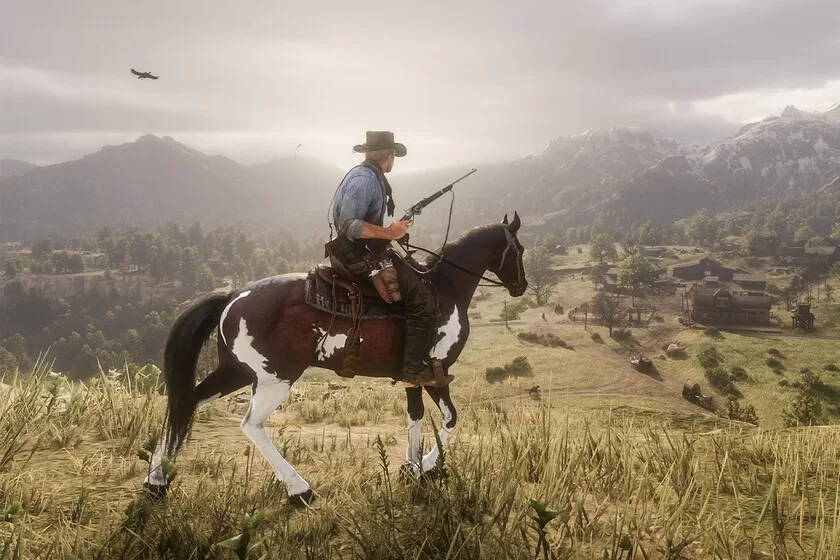The discovery of fossils is one of the best tools that science has to understand the ancient ecosystems of the Land. Knowing what the past was like helps us understand the present, but more importantly, it is a kind of message that tells us where we are going.
However, developing a scientific expedition to different locations on Earth entails a high expense and danger for those who join this adventure. All this without the guarantee that a fossil will be found on the site.
This is how a new mechanism to find fossils from space was born. The satellites in the orbit of our planet, through an integrated system, are capable of detecting if there is ancient life in a terrain to investigate.
What good is this to us? In principle it is productive since it would save the unnecessary trip to a place where there is nothing. Although the system is not capable of telling you: “There is a bone or dental plate of a T-Rex there”, it can identify that there are remains and then a team goes to detail the elements of the site.
The ideal tool for paleontologists
The study was carried out by scientists from the University of Oregon in the United States. “Organizing field work is very expensive and there are many safety and security risks. So any additional information you may have from the field before you go is helpful. My method seems to be really good at ruling out regions that have no fossils,” said Elena Ghezzo, one of the study’s authors, according to a review. The sixth.
In order to prove that the method works, the system was installed on a satellite and then they analyzed terrain data from Arizona’s Petrified Forest National Park, a fossil-rich desert.
They applied a system in which they analyzed visible light, wavelengths, infrared or ultraviolet light in the photographs and saw how the landscape absorbed different types of energy, to then identify the location of the fossils.
Thus they came to notice a fossil only if it was larger than the size of a pixel. So far the only negative is that it works optimally on plains. Quite the opposite of mountainous sites.
If advanced, this method would be interesting for observing the surfaces of other planets.


